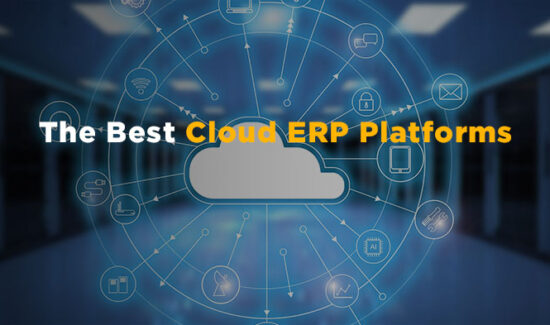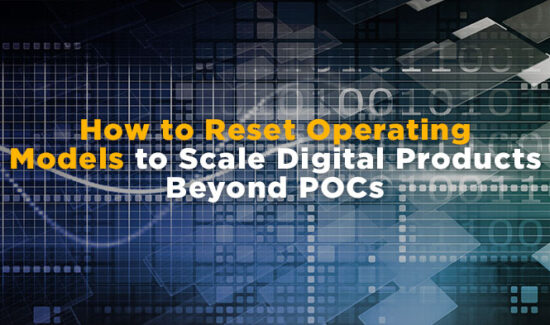QAD Explains How To Future Proof Your ERP System


Some think that when an ERP system is implemented, you won’t have to touch or worry about it ever again. However, that is not the case. If you want your ERP system to last, you need to have a continuous improvement approach – as change is a constant.
In an attempt to bring you the best content within the Enterprise Resource Planning (ERP) space, Solutions Review editors search the web high and low on a daily basis for insights that can have a real impact and help move the needle. QAD Chief Marketing Officer, Carter Llyods, discusses the best possible ways of future proofing your ERP system in his article titled, “Future Proofing Your ERP System,” available here. Below are just a few insights from his post.
Widget not in any sidebars
For customers:
-
Keeping up with software updates, upgrades or enhancements / new features.
-
Same goes with any new technology trends – it’s good to keep tabs on them.
-
Having a roadmap to ensure alignment for the long term between your business strategy, the people, process and best practices you utilize to achieve your organizational goals.
For ERP vendors:
It’s important to meet or talk to your customers every year if you can. Keeping tabs on them can help you to understand their business challenges and show or explain how they can overcome them. Don’t let these checkups be sales pitches – they should be consulting meetings with the back thought being that successful customers will become long-term, satisfied customers.
By conducting these deep discovering process that allows customers to understand their current business goals and challenges, it can allow you to work to determine root causes and issues.
“At QAD, we evaluate performance against desired outcomes, leveraging our KPI framework, discussing the processes, skills, and best practices that impact these outcomes. It is very likely that source of performance issue exists outside or in addition to the technology. It’s often about alignment. The framework acts both as a diagnostic tool and a roadmap for addressing your business challenges,” said Lloyds.
The company meets with their customers’ senior executives to discuss their findings as a part of the vision workshop. The outcome of these is a series of alternatives that can drive meaningful improvement in focus metrics by improving business processes and supporting them with rational set of software. The vision process identifies how to use current assets better – without need for new software or services.
Lags in the performance of an ERP system are also presented in these workshops so alternatives can be provided. The end result is an ERP system that provides greater fit with and in support of business needs, one that provides value into the future, and is agile to respond to an ever-changing business environment.
We encourage you to read QAD’s full article here.

























